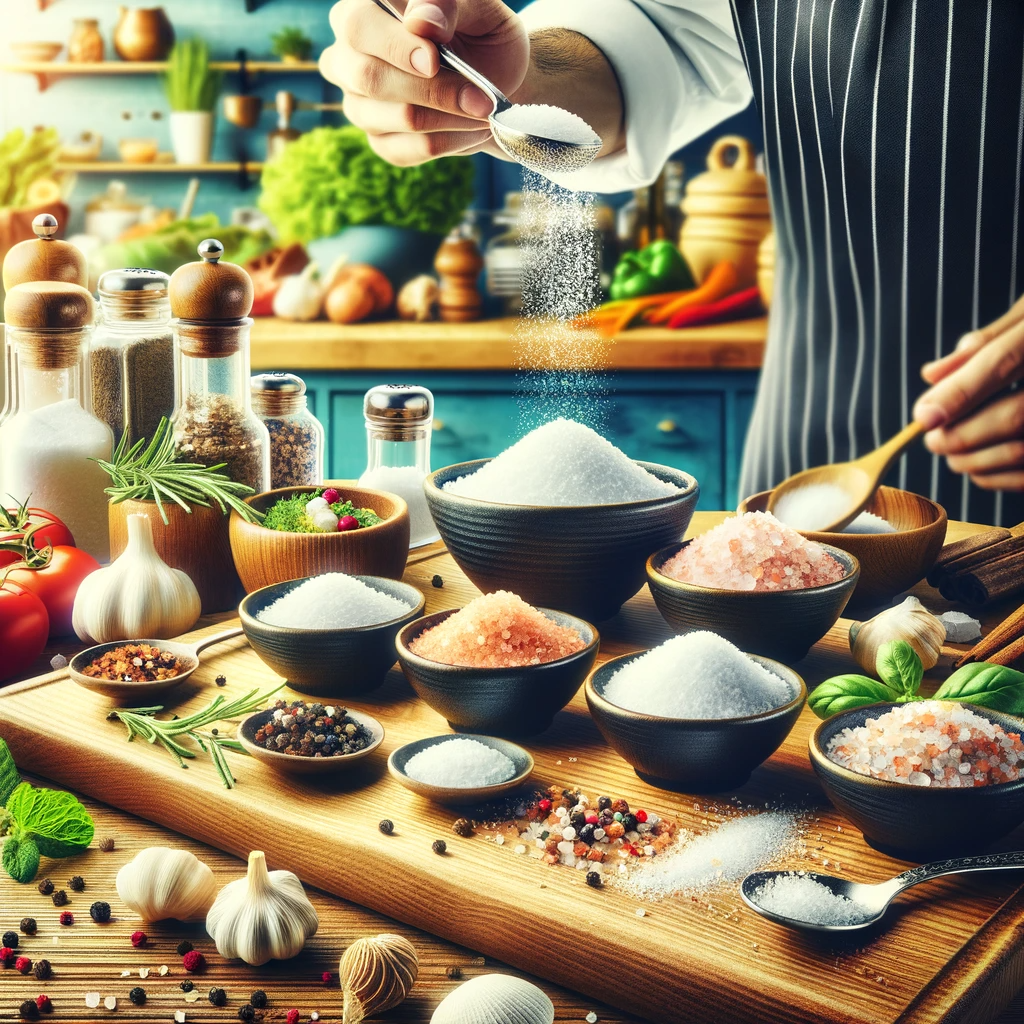Introduction: Salt, a humble white crystal that we often take for granted, has played a significant role in shaping the culinary world throughout history. Its importance goes far beyond its ability to enhance the flavor of our dishes. In this article, we’ll take a journey through time to explore the fascinating history of salt as a valuable culinary ingredient.
1. Ancient Beginnings: Salt’s history dates back thousands of years to ancient civilizations such as the Egyptians, Chinese, and Romans. These early societies recognized the value of salt for preserving food, making it an essential ingredient for survival.
2. Salt as Currency: In some cultures, salt was so precious that it was used as a form of currency, giving rise to phrases like “worth your salt.” It was traded, taxed, and even used to pay wages. This demonstrates the immense value placed on this culinary treasure.
3. Salt in Preservation: One of the primary purposes of salt in ancient times was food preservation. It allowed people to store perishable goods for extended periods, especially vital in pre-refrigeration eras. This role in preservation helped communities survive through harsh winters and during long journeys.
4. Royal Demand: Salt was in such high demand that it became a lucrative trade commodity. Monarchs and governments heavily taxed salt production, leading to conflicts known as “salt wars.” The revenue generated from these taxes was often used to fund important infrastructure projects.
5. Salt Routes and Trade: Salt played a pivotal role in the development of trade routes worldwide. The famous Silk Road was not just about silk; it was also a conduit for the exchange of valuable salt. This exchange of goods and culture across continents helped shape our modern world.
6. Salt in Cooking: Beyond preservation, salt’s ability to enhance flavor makes it indispensable in the culinary world. It balances flavors, brings out the natural tastes of ingredients, and is used in various cooking techniques such as brining and curing.
7. Salt Varieties: There are numerous salt varieties available today, each with its unique flavor profile and culinary uses. From the delicate flakes of Maldon sea salt to the smoky notes of Himalayan pink salt, chefs and home cooks have a vast array of options to choose from.
8. Modern Usage: In contemporary cuisine, salt remains a vital ingredient, but there’s a growing awareness of moderation due to health concerns. People are exploring alternatives like low-sodium salts and experimenting with different salts to elevate their dishes.
9. Beyond the Kitchen: Salt’s significance extends beyond the culinary world. It has been used for various purposes, such as in religious rituals, as a symbol of purity, and even in spa treatments.
Conclusion
In conclusion, salt’s journey from ancient preservation agent to culinary superstar is a testament to its enduring value. Its history reflects the evolution of human civilization, trade, and culinary innovation. As we continue to savor the flavor and history of salt, let us remember its enduring legacy in our kitchens and cultures.
Incorporating salt into your culinary creations can elevate your dishes to new heights. Whether you’re a professional chef or a home cook, understanding the history and significance of salt can deepen your appreciation for this remarkable culinary ingredient. So, the next time you reach for that salt shaker, you’ll do so with a newfound respect for its rich and storied past.
